With so many companies, products, and services coming up in this transformative age, it is difficult to stand out and make an impression. Brand awareness and values, now more than ever, play a critical role.
In a day and age where social media is indispensable in effectively reaching out to and communicating with your target audience, there is often concern expressed over social issues and how you address them.
Branding your company is a way to communicate your story, your values, and your business ideas. As consumers, people want to buy what they know and can trust. Content marketing and social media advertising will be great pitchers here.
Below are the compiled branding stats to know in today’s times that can help you transform your branding strategy.
Top Branding Statistics
1. As per a marketplace survey of over 5000 brands, Amazon is the most valuable brand worldwide, with an estimated brand value of USD 299.3 billion despite a fall of 15%. (Brand Directory) 
2. Chinese electric vehicle marque brand BYD was the fastest growing brand with 57% growth. (Brand Directory)
3. The tech industry remains the most valuable, with a brand value of USD 1.2 trillion. (Brand Directory) 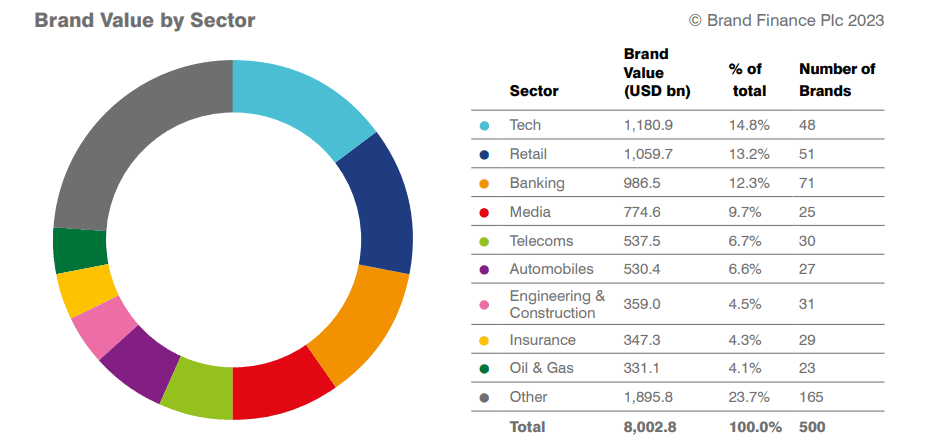
4. Social media is key to customer experience for building a brand. Digital conveniences are what customers expect now.
- 64% of consumers say they prefer to message instead of calling a business.
- 60% of consumers say they are more comfortable receiving personal messages from companies.
- Social customer care has increased the value of 59% of marketing organizations. (Hootsuite)
5. Brand identity is important to customers.
- 88% of consumers say authenticity is important for purchasing decisions from a brand.
- 59% of consumers say user-generated content is the most authentic type of content.
- User-generated content impacts purchasing decisions of 79% of consumers. (Stackla)

6. U.S and China dominate the world of brands. The U.S. accounts for 49.7% while China accounts for 17.9% of the most valuable brands according to a marketplace survey of over 5000 brands. (Brand Directory)
General Branding Statistics
1. Out of 1072 Americans surveyed, 63% trust brands as opposed to traditional media and other news outlets. (Contently)
So, a piece of branded content is more important to consumers than these other communication channels.
2. Email marketing is crucial for consumers and marketers alike. 69% of respondents in a survey said they are subscribed to multiple brand newsletters. (Contently)
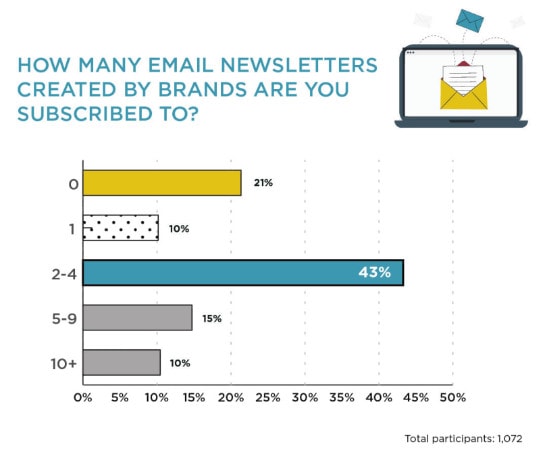
3. 53.2% of consumers in the younger generation use social media instead of search engines to research brands they buy from. (Hootsuite)
4. As per a survey of 221 brands in 13 industries, the score for the overall customer experience (CX) quality has dropped for US brands to 71.3. (Forrester)
5. The same index report also shows that the brands falling in the top 5% provide 15% more emotional connection as compared to the rest. (Forrester)
6. That being said, the investment industry outperformed all the other industries in emotional connection, with an increase in their CX Index score to 73.2 from 72.6. (Forrester)
So, emotional connection greatly influences the shopping experience of customers.
Social Media and Business Branding Stats
Social media presence has become an important tool in building brand awareness. Read on to find out more statistics about how social media marketing and advertising can help in doing so.
1. 69% of surveyed Americans follow a brand on social media platforms like Facebook, Instagram, Twitter, or Linkedin. (Contently)
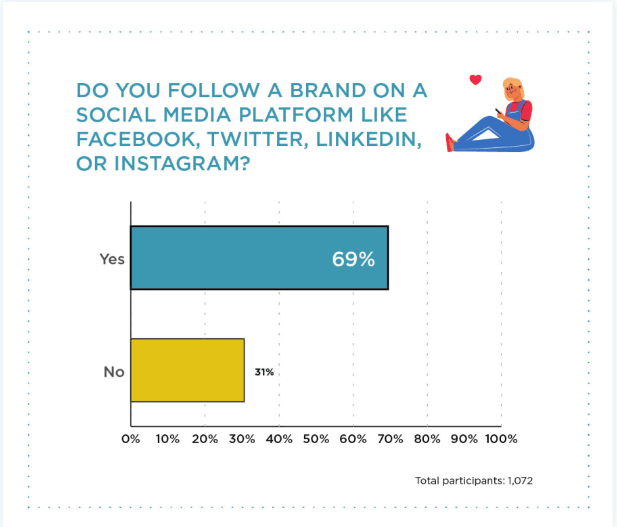
2. Only 26% of respondents trust influencers promoting products and services on social media channels from brands they trust. (Contently)
3. 66% of consumers have been inspired to purchase a product based on others’ social media images. (Stackla)
4. Content marketing through social media is extremely important.
- 56% of consumers became more influenced by photo and video content when shopping online after the pandemic, than before. (Stackla)
- 47% of GenZ consumers would engage more and purchase more from a brand if it shared visuals in its marketing and advertising. (Stackla)
5. In a survey of 800 small business owners, 62% of marketers find Facebook as one of the most effective social media platforms for reaching business goals and building their brand. (Hootsuite)
6. However, the same report also finds that small businesses rate highly established social media channels as less effective. 62% of respondents were active on Facebook, but only 24% said it was highly effective in terms of return on investment. (Hootsuite) 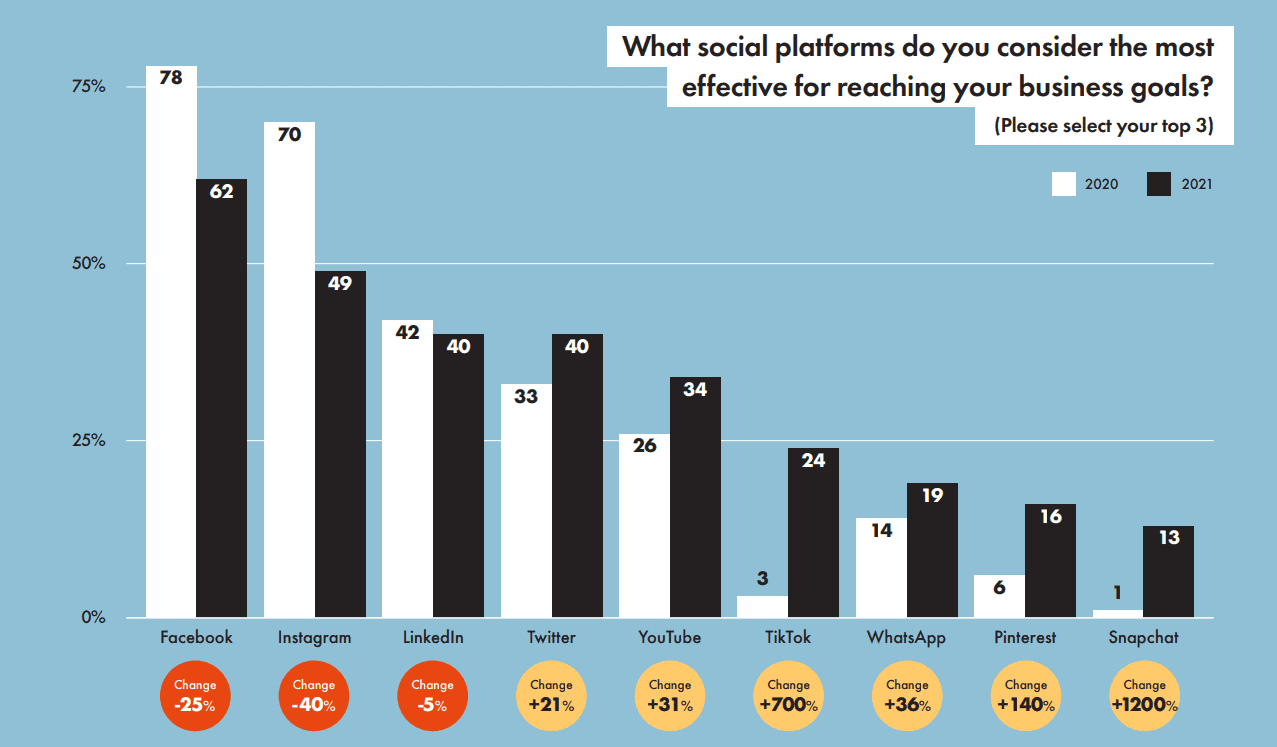
Company and Employer Branding Statistics
Brands are communal. They can attract or retract employees and customers from being a part of their journey. Read on to find out more about companies and how different employer treatments affect the community brand experience.
1. 20% of organizations want to use social media platforms to improve employee experience, protect their brand, and mitigate the risks involved. (Hootsuite)
Brands have the power to bring about change in societal issues.
2. According to a survey of over 15000 consumers, the highest percentage of purchasing decisions have been influenced by the brand’s addressing of global issues. 75% of buying behavior has changed because of a brand’s response to employee treatment. (Edelman)
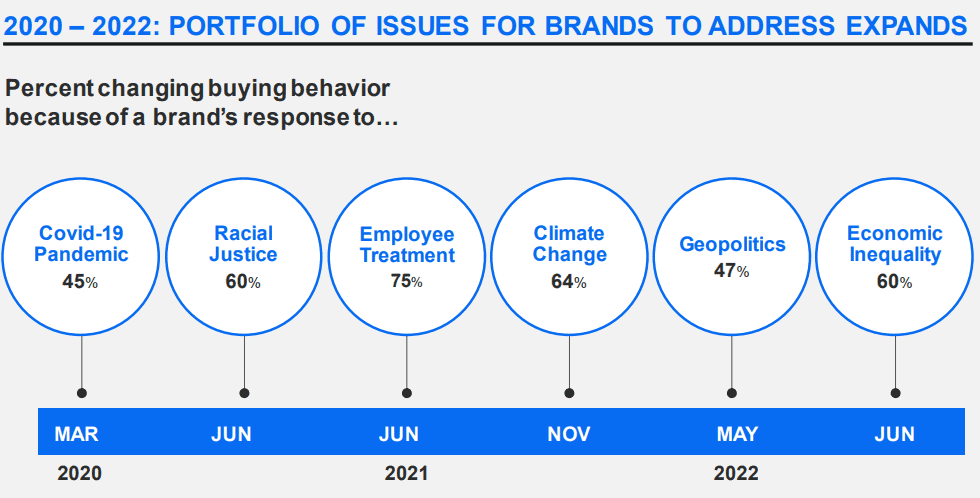
3. Brand image is easily influenced by the issues that the brands take a stand on. 59% of consumers in 11 countries say brands must take a stand on issues concerning their customers. (Edelman)

4. A good reputation for a company is equivalent to a strong brand. 59% of customers expect a reliable company behind a brand for them to continue purchasing products or services from it, per a survey of over 15,000 respondents. (Edelman) 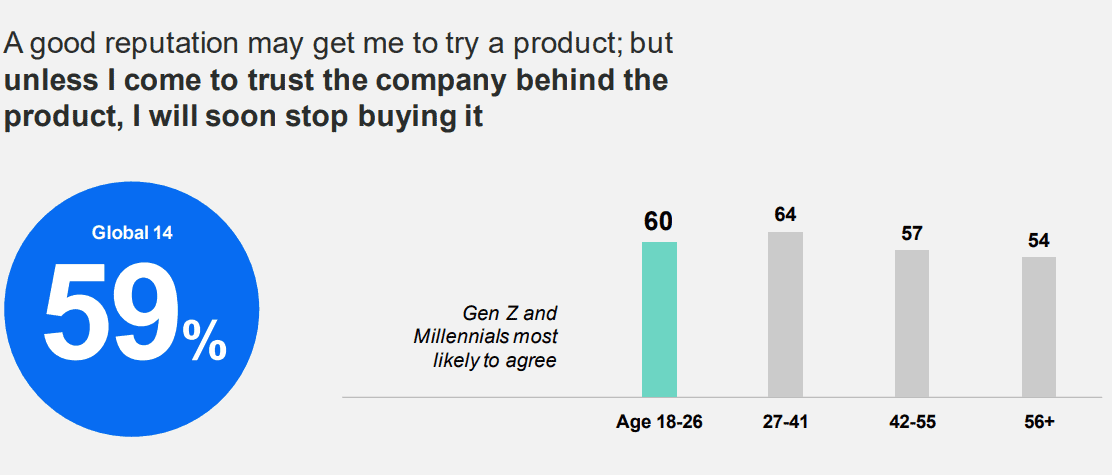
5. 65% of consumers say that their buying decisions are influenced by the words, beliefs, values, and actions of a company’s senior executives and employees. (Accenture)
So, a brand taking a stand on global issues is motivational and inspiring for the upcoming generation, but the contrary is also very true.
Branding Statistics: Consumers’ Take
Word of mouth is a key asset since people like to talk. The brands getting talked about the most become cool and popular. Harley Davidson was ranked the coolest in the automobile industry in the U.S. Read on to find out more about the consumer economy and their beliefs and opinions about the brand community.
1. As per a survey of over 1000 participants, 65% of American consumers prefer to purchase a product from a brand that aligns with their values. (Contently)
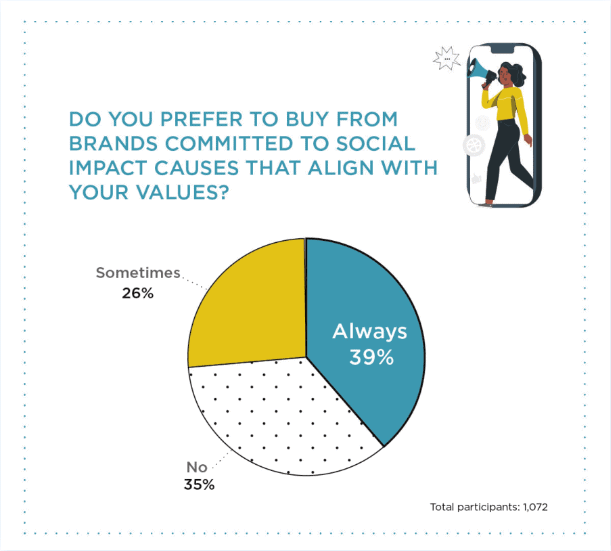
2. According to a survey of 14 countries, 62% of Gen Z consumers say that brands should make it easier for them to see their values while making a purchase. (Edelman)
Brand values are integral to customers. So what are the other factors helping build up brand loyalty?
3. 58% of respondents said they are somewhat or very likely to take a free course from a trusted brand. (Contently)
4. Brand consistency is crucial too. 72% of consumers say that they would love a brand that consistently provides them with personalized experiences. (Stackla)
5. 59% have purchased a product or service from new brands since the pandemic started, per a survey of over 2000 consumers. (Stackla)
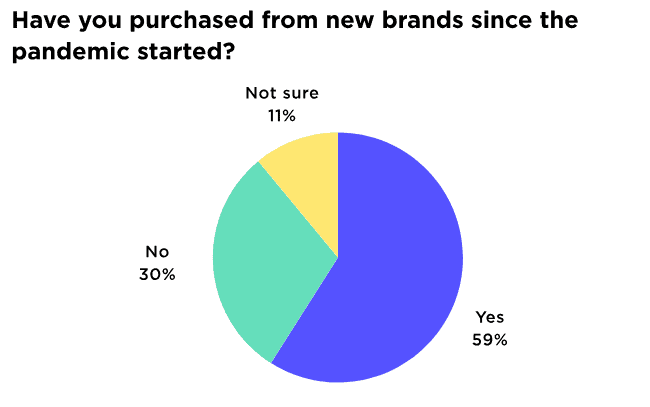
The same report also shares that 75% of consumers plan to continue purchasing from it in the future. (Stackla)
6. 61% of consumers say they would stay loyal to a brand if they were invited to be a part of a customer advocate community of content creators. (Stackla) 
7. Out of 1327 U.S. consumers, 46% say they would pay more if they trust a brand. (Salsify)
Just like any other social connection, trust, and loyalty are built on authenticity and transparency for brands as well.
Frequently Asked Questions About Branding
Are brands worth it?
As per a survey of over 1000 Americans, 80% of consumers prefer reading, listening, or watching branded content. (Contently)
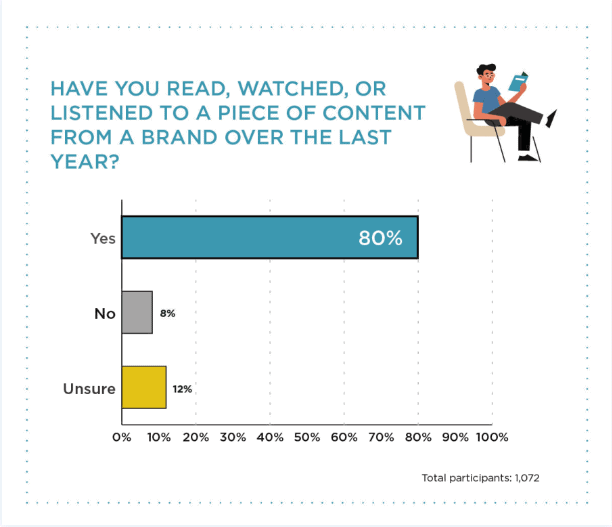
How much time does it take for a consumer to form an impression based on visual appeal?
First impressions matter. It takes about 50 milliseconds for a consumer to make the first impression based on the visual appeal of a website. (Taylor & Francis Online)
How long does branding take?
Just the visual and logo part of a branding process can take 4 to 6 weeks, while websites can take up to 8 months to design.
In addition, the branding process and strategy, and marketing plan can take months and even years to develop, and even more time to implement and further refine it. (Trillion)
What is the importance of color in brand recognition?
As per research conducted by the University of Loyola, using color can increase brand recognition by 80%. (Colorcom)
Final Thoughts
Brands have become more than just profitable income sources. They are an important part of a creator economy with followers and lasting relationships. Trusted brands not only earn more customers, but also loyalty, and advocacy.
So you need to channel your company’s investment into a customer-building experience through emotional connection and a great social media presence.
With increasing popularity, your company’s horizon will expand to generate more business leads as well.
Let us know if you’ve encountered any interesting branding statistics that we might have missed out on. What do you think of these stats in building up your future?
